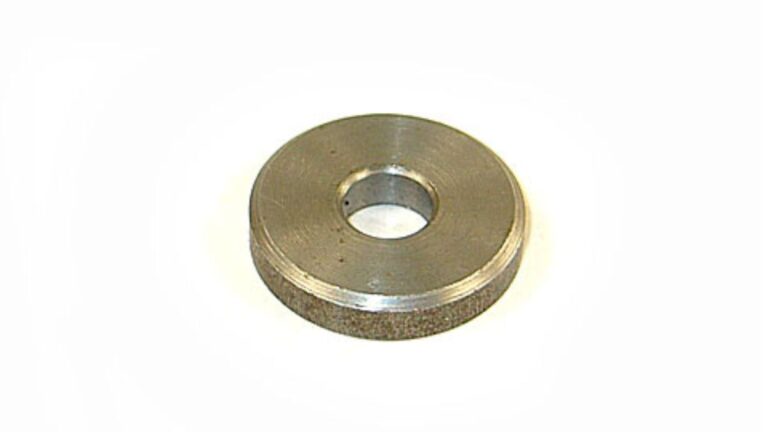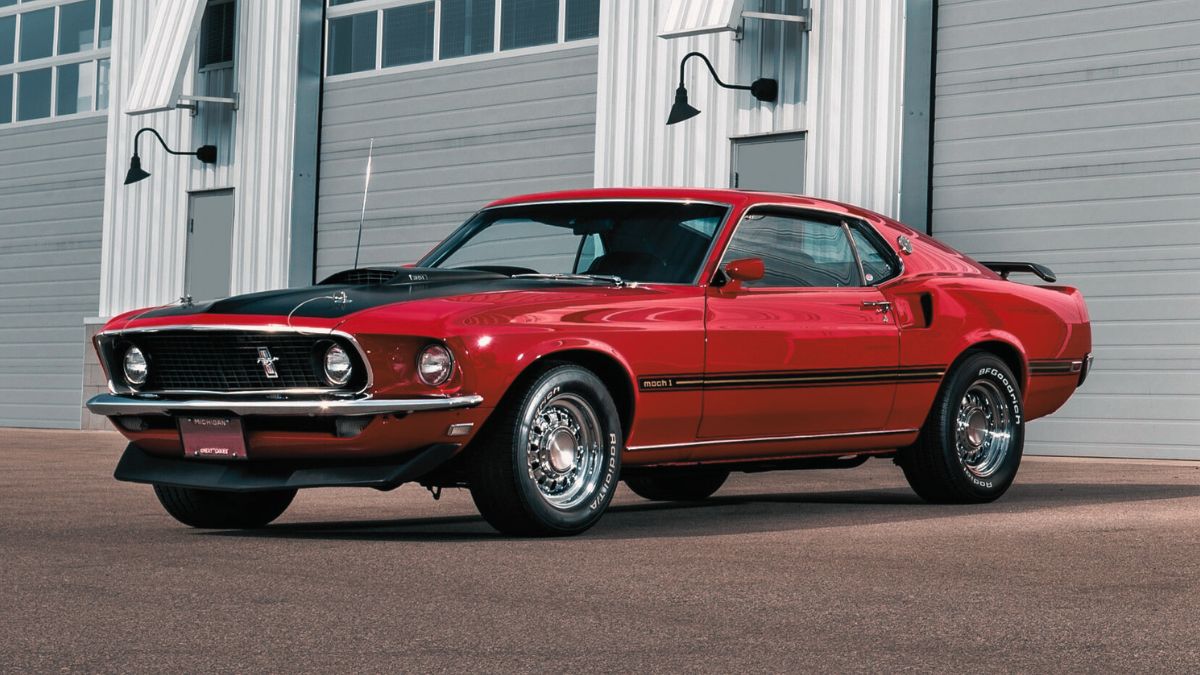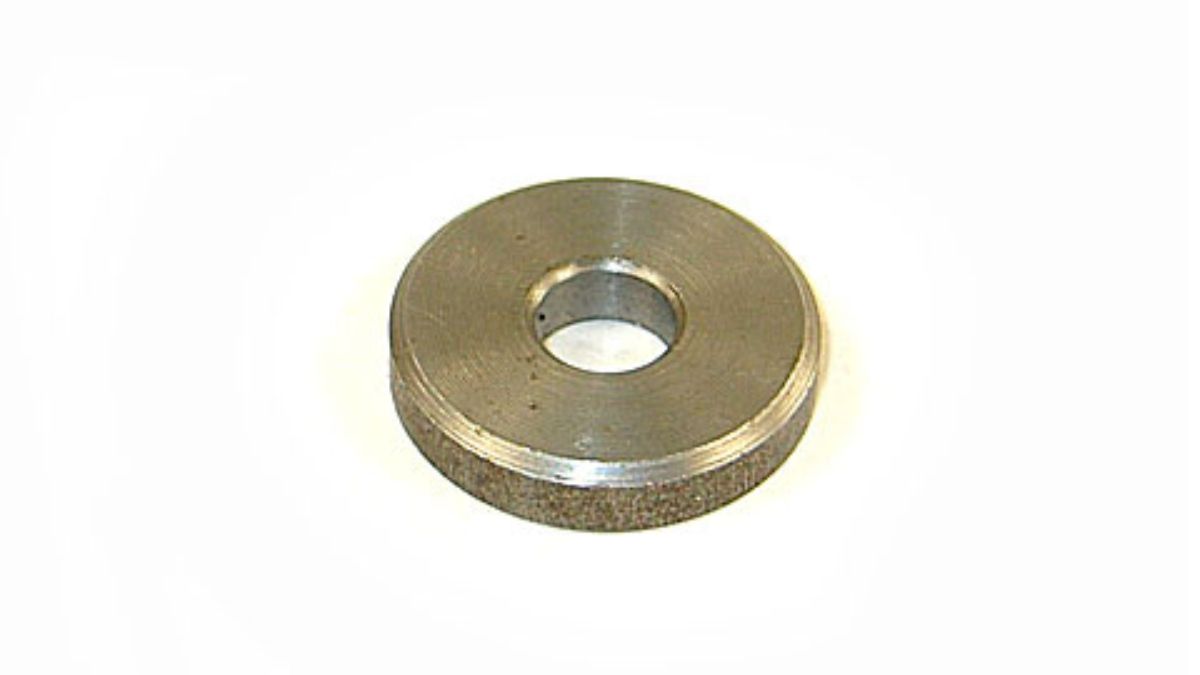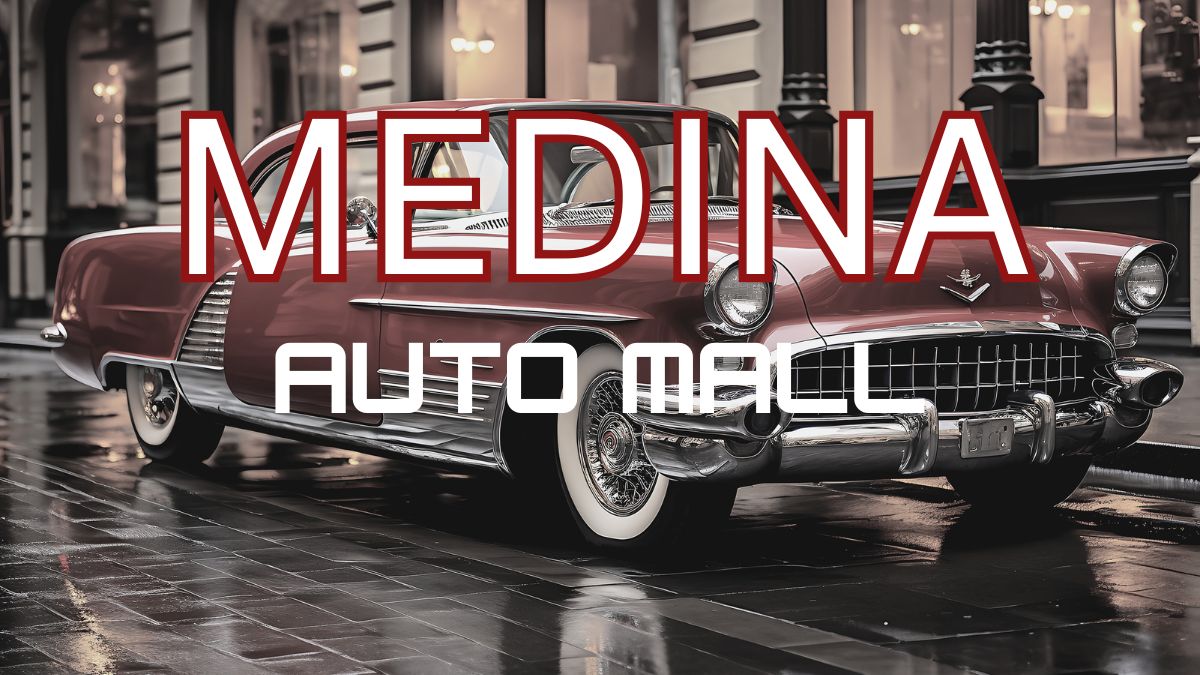Restoring a classic car like the 1971 Ford Mustang is a thrilling project that offers a combination of craftsmanship, history, and personal achievement. Whether you’re an experienced car enthusiast or a first-time restorer, working on a 1971 Mustang restoration can be both rewarding and challenging. In this beginners guide to 1971 Mustang restoration, we’ll walk you through everything you need to know, from assessing the car’s condition to understanding the restoration process. We’ll also cover common pitfalls and tips for success.
Why Choose a 1971 Mustang for Restoration?
The 1971 Ford Mustang is a standout in the muscle car era, offering a blend of performance, design, and historical value. It’s one of the last classic Mustangs with bold styling before the fuel crisis led to a shift in car designs. The 1971 Mustang also introduced new body shapes and larger, more powerful engines, making it a great candidate for restoration projects. Many car enthusiasts choose this model because of its timeless appeal and the ability to rework it into a performance vehicle with modern updates or restore it to original factory specifications.
If you’ve found a 1971 Mustang in need of restoration, or you’re considering purchasing one to restore, you’ve made an excellent choice. Restoring a 1971 Mustang allows you to not only revive a piece of automotive history but also enjoy a driving experience that’s uniquely nostalgic.
Step 1: Assessing the Condition of the 1971 Mustang
Before diving into the restoration process, a detailed assessment of the vehicle is crucial. This is the first step in any beginners guide to 1971 Mustang restoration. Whether you’re working on a completely rusted project or a relatively sound vehicle, you need to understand what needs to be done.
1.1 Exterior Condition
- Rust: Rust is one of the most common issues with vintage Mustangs. The body, frame, and undercarriage are often the most affected. It’s important to check the entire car for rust, particularly in the floor pans, rocker panels, and wheel wells.
- Body Panels: Inspect the body for any dents, scratches, or accidents. Pay attention to door and fender alignment, as they may need realignment or replacement.
- Paint: If the paint is original and in good condition, it may be worth restoring. However, if the paint is faded or chipped, a full respray may be necessary.
1.2 Interior Condition
- Seats: The seats in the 1971 Mustang are often in need of restoration. You may need to reupholster or replace them if they show signs of severe wear or damage.
- Dashboard: The dashboard, especially the gauges and trim, may need cleaning or complete replacement. Ensure all dials and instruments are functional.
- Carpet and Upholstery: Old carpet and upholstery can detract from the overall interior appeal. You’ll likely need to replace these components for a cleaner, more authentic look.
1.3 Mechanical Condition
- Engine and Transmission: The engine is the heart of your Mustang, and a full engine rebuild is often part of the restoration process. Pay attention to leaks, rust, and the condition of key components like the carburetor and exhaust system.
- Suspension and Brakes: Over time, suspension components such as shocks, struts, and springs wear out. The brakes will also need to be evaluated for wear and functionality.
- Electrical System: Wiring, fuses, and the alternator often show signs of aging. Inspect the electrical system carefully and be prepared to replace any faulty components.
Step 2: Planning Your Restoration
Once you’ve assessed the condition of the car, the next step is creating a clear restoration plan. This is another important aspect of any beginners guide to 1971 Mustang restoration. A solid plan will help you stay organized and set realistic expectations for the project.
2.1 Establish Your Goals
What is your vision for the restoration? Are you aiming for a factory-original 1971 Mustang, or are you planning to customize it with modern upgrades? A goal-based approach will help determine whether you need OEM (Original Equipment Manufacturer) parts or aftermarket upgrades.
2.2 Set a Budget
Restoring a 1971 Mustang can be expensive, and costs vary depending on how much work is needed. On average, restoration can cost anywhere from $10,000 to $30,000 or more. You’ll need to factor in:
- Parts: Sourcing high-quality replacement parts is often one of the largest expenses.
- Labor: If you’re not doing all the work yourself, labor costs for bodywork, mechanical repairs, and electrical work can add up quickly.
- Tools and Equipment: Specialized tools, like welding equipment and car lifts, may be necessary for a full restoration.
2.3 Timeline
Set a realistic timeline based on the scope of the restoration. A full restoration could take several months or even years, depending on the amount of work and how much time you can dedicate to it.
Step 3: Sourcing Parts and Tools
The next step in your beginners guide to 1971 Mustang restoration is gathering the necessary parts and tools. This step requires research to find quality components that match your restoration goals.
3.1 Essential Tools
The tools you’ll need for a 1971 Mustang restoration depend on the level of work you plan to do yourself. Some of the basics include:
- Hand Tools: Wrenches, screwdrivers, pliers, sockets, and ratchets.
- Power Tools: Sanders, drills, grinders, and cutting tools.
- Car Lift or Jack Stands: These are essential for safely lifting the car to work on the undercarriage and suspension.
- Welding Equipment: For rust repair and body panel replacement, welding tools will be necessary.
3.2 Finding Replacement Parts
Finding the right parts is crucial for any restoration. You can source parts from:
- OEM Suppliers: These provide parts that match the original specifications.
- Aftermarket Suppliers: While aftermarket parts may be less expensive, they might not always match the quality or originality of OEM parts.
- Salvage Yards: These can be great sources for used parts that are still in good condition.
Step 4: The Restoration Process
Now comes the fun part – restoring your 1971 Mustang! The process is divided into several key stages:
4.1 Disassembly
Carefully disassemble the car, keeping detailed notes or photos of the parts you remove. Label and store nuts, bolts, and small parts so you can easily put everything back together later.
4.2 Bodywork and Paint
Rust repair is usually the first priority in bodywork. Cut out rusted sections and replace them with new metal. After the body is restored, it’s time to prep the car for painting. You can opt for a custom color or restore the original paint.
4.3 Engine and Transmission Work
At this stage, you’ll either rebuild or replace the engine and transmission. If you’re restoring the car to factory specs, you’ll want to rebuild the original engine, but performance upgrades may also be part of your plan.
4.4 Suspension and Brakes
Replace or rebuild the suspension system. Ensure all parts are in good working order to maintain the performance and safety of the vehicle.
4.5 Interior Restoration
Reupholster the seats, replace the carpet, and restore or replace the dashboard and trim. This is a great opportunity to upgrade to modern comforts, or you can keep it true to the original design.
4.6 Reassembly
Once all the parts are restored or replaced, carefully reassemble the car. Double-check that all components are working properly, from the engine to the electrical system.
Estimated Restoration Costs for 1971 Mustang

FAQs: 1971 Mustang Restoration
- How long does a full 1971 Mustang restoration take?
A full restoration typically takes between 6 months and 2 years, depending on the extent of the work and the availability of parts. - Can I restore a 1971 Mustang myself?
Yes, many people tackle the restoration themselves, but it requires specialized tools and a significant time investment. - How much does it cost to restore a 1971 Mustang?
Restoration costs can range from $10,000 to $30,000 or more, depending on the level of restoration and labor costs. - Should I restore my 1971 Mustang to original specs or customize it?
It depends on your goals. If you’re seeking authenticity, restoration to original specs is the way to go. Customizing can improve performance but reduce its resale value as a classic. - Where can I find parts for a 1971 Mustang restoration?
Parts can be found through specialized restoration shops, online marketplaces, and Mustang-specific parts suppliers. - Is rust a major concern in 1971 Mustang restoration?
Yes, rust is common in these vehicles, especially in the frame and floor pans. Proper rust removal and repair are crucial for the car’s structural integrity.










